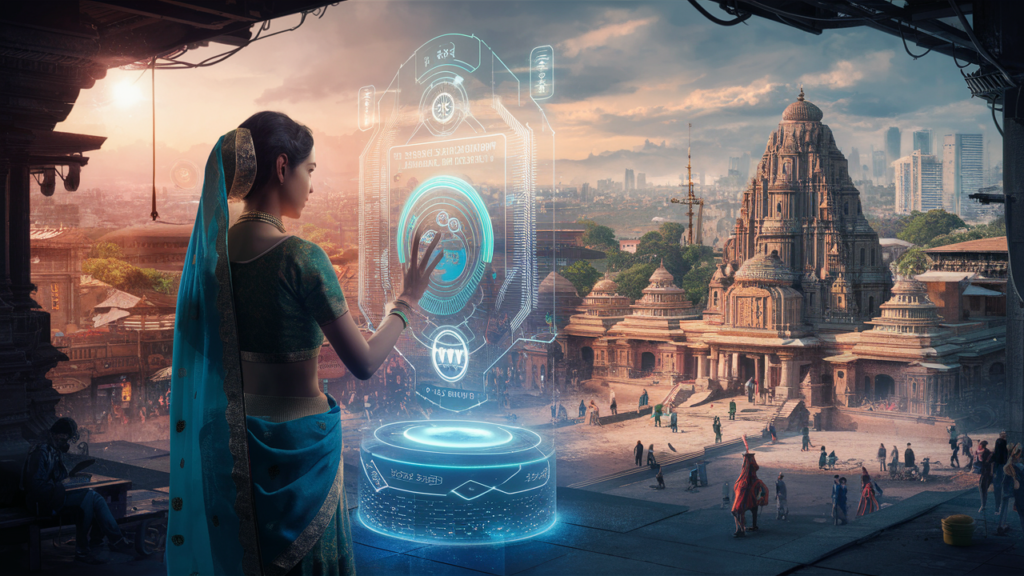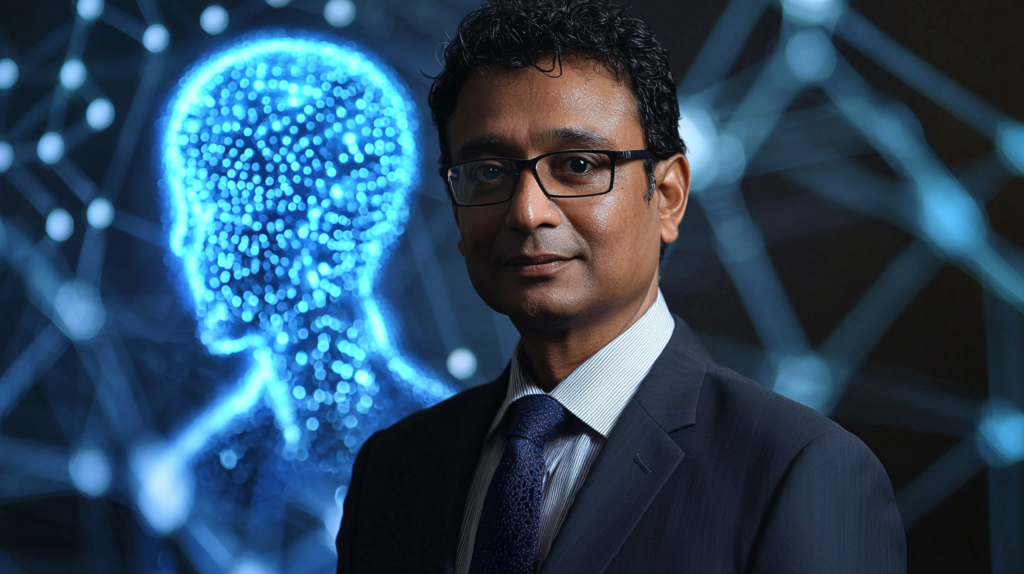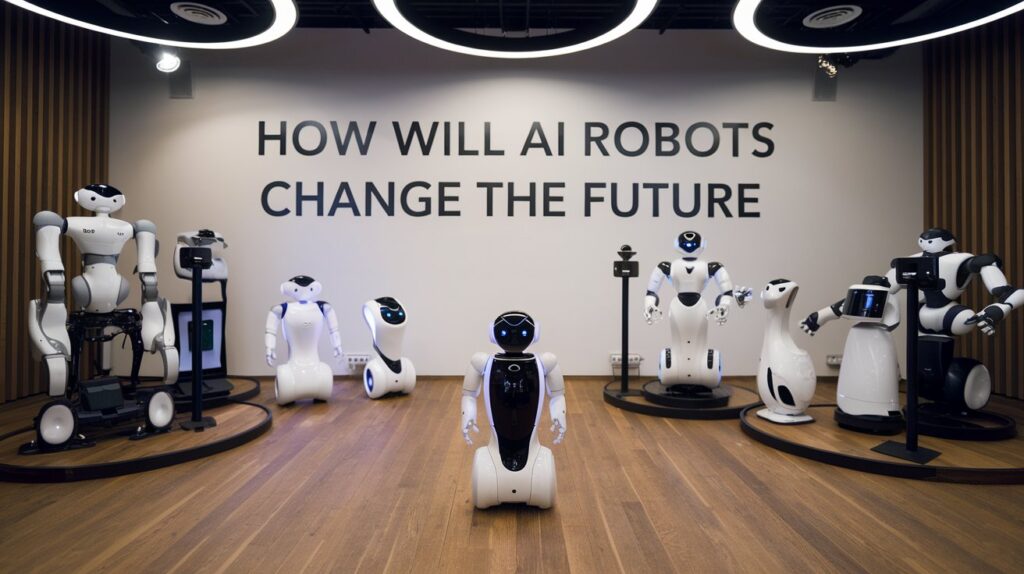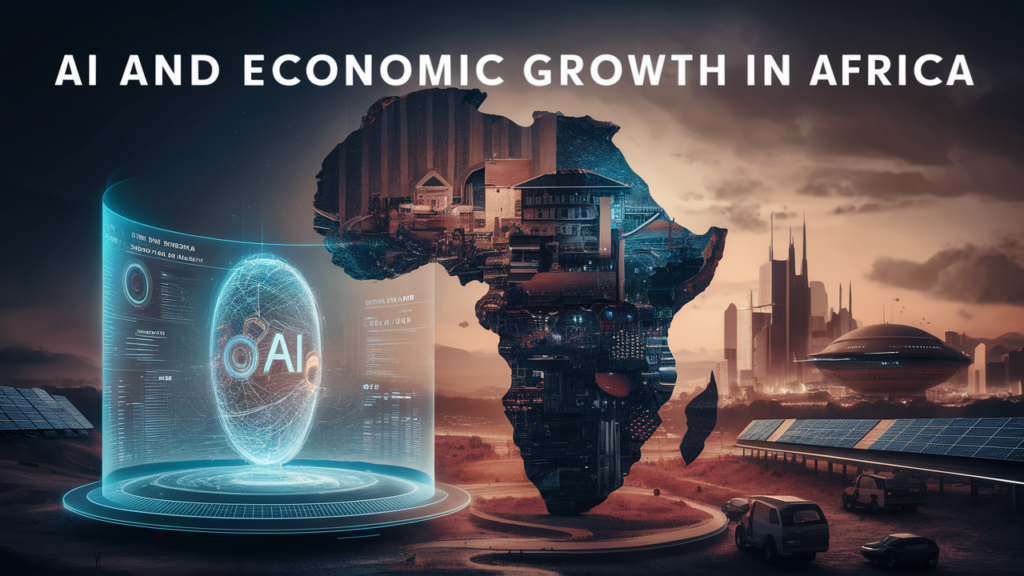AI in India the Most Populated Country on Earth

As India ascends to the status of the world’s most populated country, the implications of artificial intelligence (AI) on its socio-economic landscape merit careful consideration. With a youthful population poised to engage with AI across various sectors—including healthcare, education, and agriculture—the potential for transformative change is significant. However, this integration also raises critical questions regarding resource allocation, urbanization challenges, and the widening socioeconomic divide. Understanding how these factors interact will be essential in determining whether India can effectively harness AI to improve the lives of its vast population.
AI in India the Most Populated Country on Earth audio file
Key Takeaways
- India is projected to become the world’s most populous country, reaching 1.425 billion, presenting vast opportunities for AI integration.
- A youthful median age of 28 years supports a growing workforce that can drive AI advancements in sectors like healthcare, education, and agriculture.
- AI initiatives, such as the PM-Kisan chatbot, enhance agricultural efficiency, addressing the needs of a rapidly urbanizing population.
- Socioeconomic disparities, with 30% living below the poverty line, can be mitigated through AI-driven solutions like microfinance and personalized education.
- By 2030, India aims to be a global AI leader, leveraging investments and robust digital connectivity to tackle local challenges effectively.

Population Growth and Demographics
As India stands on the cusp of becoming the world’s most populous nation, with projections indicating a population of approximately 1.425 billion, the implications of this demographic shift are profound.
The significant decrease in the total fertility rate—from nearly six children per woman in the 1960s to around two today—exemplifies the effectiveness of family planning initiatives and reflects broader demographic change. Currently, India adds about one million individuals to its population monthly, primarily due to the demographic momentum of past high fertility rates.
With a median age of approximately 28 years, India boasts a remarkable youthful working-age population, poised to drive economic growth. This demographic dividend, if properly harnessed through targeted investments in health and education, could catalyze sustainable development.
However, the projected rise in median age to 33-34 years by 2048 signals future labor market challenges that necessitate strategic planning and policy interventions. The increasing population size presents both opportunities and challenges, underscoring the need for a thorough approach to leverage demographic advantages while addressing potential strains on resources and infrastructure.
Economic Opportunities Through AI
Given the substantial demographic shifts and the burgeoning digital infrastructure, India stands poised to capitalize on the economic opportunities presented by artificial intelligence (AI) across multiple sectors.
With a youthful population projected to reach 1.7 billion by 2050, the market for AI-driven solutions will expand remarkably, particularly in healthcare, education, and agriculture.
India’s digital landscape, characterized by over 790 million mobile broadband users and a robust digital financial infrastructure, supports the integration of AI technologies that can enhance productivity and consumer engagement.
Government initiatives, such as the PM-Kisan chatbot, exemplify a strategic commitment to leveraging AI in agriculture, thereby improving efficiencies and creating economic opportunities for farmers.
Furthermore, AI’s potential to address complex socioeconomic issues, such as bridging language barriers in education, can enhance the employability of India’s growing workforce.
Streamlining processes in government programs and bolstering public services will foster a favorable investment climate, driving sustained economic growth.
As AI continues to evolve, it will be imperative for stakeholders to harness these opportunities to guarantee that the benefits of this technology are equitably distributed across the population, ultimately propelling India towards a more prosperous future.
Challenges of Urbanization and Resources
The rapid advancement of artificial intelligence (AI) presents significant opportunities for economic growth in India; however, it also coincides with mounting challenges associated with urbanization and resource management. Currently, India’s urbanization rate stands at 33%, a stark contrast to China’s 65%. This disparity highlights potential limitations on economic development and resource concentration within urban areas.
As the population grows, projections indicate that key cities may experience urban expansion of 1.5 to 2 times over the next decade, intensifying the strain on existing infrastructure and resources. The National Commission on Population estimates urbanization could reach 38% by the mid-next decade, exacerbating challenges related to housing, sanitation, and healthcare.
Rapid population growth is expected to create competitive resource allocation, further deepening economic disparities between urban and rural regions. Additionally, environmental degradation, characterized by increased pollution and water scarcity, poses a significant threat to populous urban centers, driven by urban expansion and rising carbon emissions.
Addressing these challenges will be imperative for India to harness the full potential of AI while ensuring sustainable urban growth and resource management.
Socioeconomic Disparities and AI Solutions
Approximately 30% of India’s population lives below the poverty line, highlighting the stark socioeconomic disparities that permeate the nation. These disparities are pronounced across various regions, particularly in northern states where poverty and illiteracy rates are higher. AI solutions can play a pivotal role in addressing these challenges by enhancing financial security and boosting workforce participation, especially among marginalized groups.
The following table summarizes key areas where AI could mitigate socioeconomic disparities:
| Area | Current Challenge | AI Solution |
|---|---|---|
| Financial Services | High financial insecurity in the informal economy | AI-driven microfinance platforms |
| Workforce Participation | Low female labor participation (23%) | AI training programs for women |
| Education Access | Significant access gaps for youth | AI-based personalized learning tools |
| Healthcare | Limited access for marginalized groups | AI telehealth services in local languages |
| Communication | Language and literacy barriers | AI translation and communication tools |
Future Prospects for AI in India

Addressing socioeconomic disparities through AI solutions sets the stage for India’s future in artificial intelligence. By 2030, India is poised to emerge as a global leader in AI, leveraging its vast young workforce and significant investments in technology, particularly within the IT sector, which contributes approximately $250 billion in exports annually.
The country’s robust digital connectivity, marked by over 790 million mobile broadband users and an extensive digital identity system (Aadhaar), lays a solid groundwork for the swift adoption of AI across various sectors.
Government initiatives, exemplified by the PM-Kisan chatbot for farmers, illustrate a commitment to utilizing AI for social enhancement, thereby improving service accessibility and agricultural productivity. Additionally, AI’s ability to address educational gaps—especially through native language learning tools—holds promise for advancing literacy in a linguistically diverse nation with over 19,500 dialects.
Collaboration among technology leaders emphasizes the People+AI mission, ensuring that AI deployment is contextually relevant and addresses local challenges.
As these elements converge, the future prospects for AI in India appear not only promising but transformative, positioning the nation to harness its population dynamics effectively for sustainable growth.

Frequently Asked Questions
Is India the Largest Populated Country in the World?
India’s population growth, driven by fertility rates and youth demographics, presents significant economic impacts and health challenges, while urban migration enhances educational opportunities. This cultural diversity necessitates thoughtful policy implications and technology adoption for sustainable development.
Is India the Most Populated Country in 2024?
In 2024, India is projected to be the most populated country, influenced by population growth, demographic trends, and urban migration. This status presents significant economic impacts, healthcare challenges, and necessitates effective policy responses for resource management and education access.
Who Has a Larger Population, China or India?
As of April 2023, India surpasses China in population. This demographic shift, influenced by fertility rates and urban migration, poses significant economic impacts, health challenges, and policy implications regarding resource allocation and education access for the aging population.
Which Country Has the Most Population in the World?
As of April 2023, India is projected to become the most populous country, leading to significant population growth, urbanization trends, economic impacts, healthcare challenges, and resource management issues, while fostering cultural diversity and driving technological advancements.
Conclusion
The integration of artificial intelligence in India, the most populated country on Earth, holds significant potential for transforming various sectors, including healthcare, education, and agriculture. By addressing challenges related to urbanization and socioeconomic disparities, AI can enhance productivity and promote equitable growth. Government initiatives, such as the PM-Kisan chatbot, exemplify a commitment to utilizing technology for societal advancement. The future prospects for AI in India suggest a trajectory toward becoming a global leader in AI innovations by 2030.







Responses